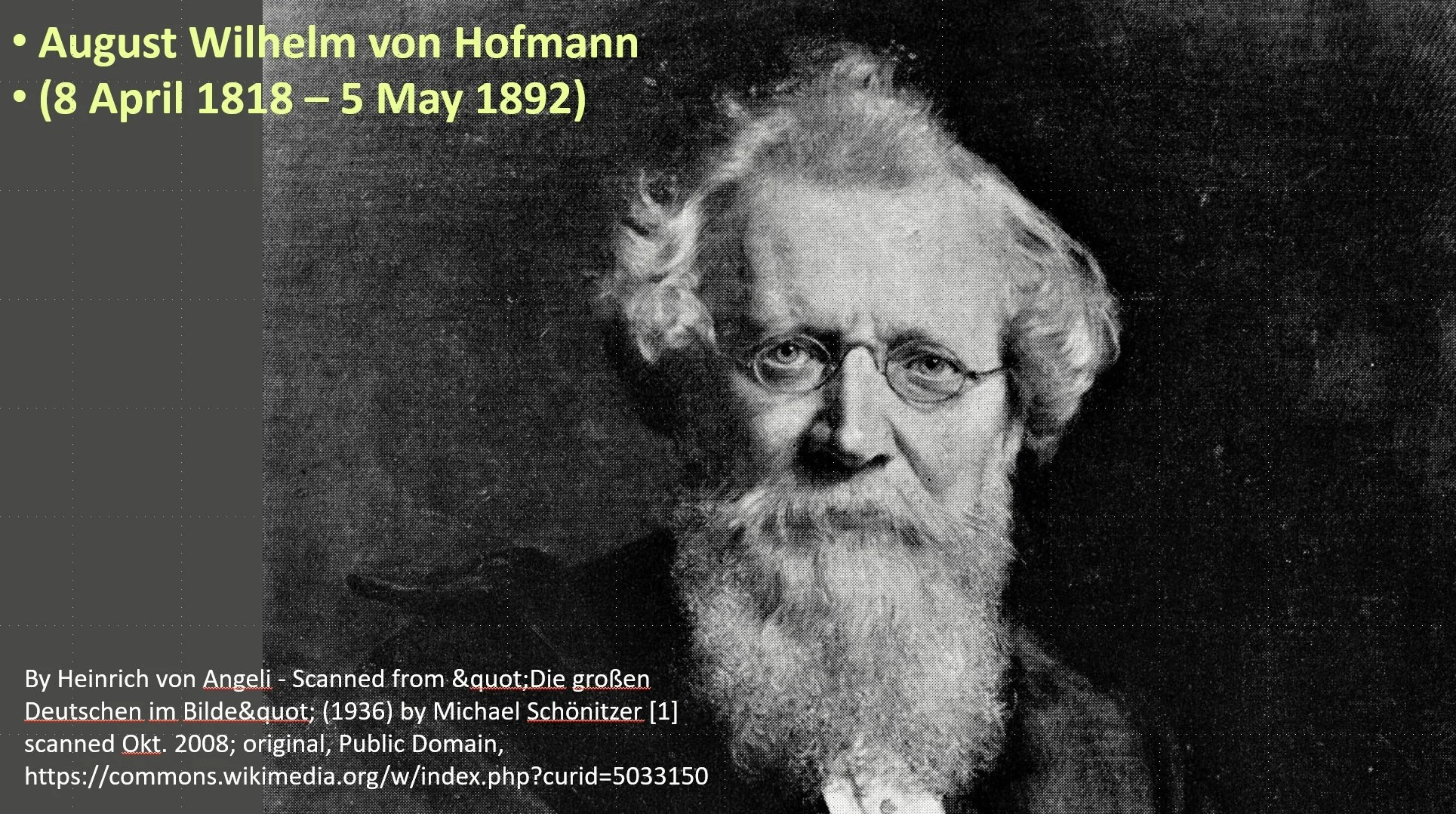August Wilhelm von Hofmann was born on April 8th 1818 in Giessen, Germany years after Proust published the Law of Definite proportions.
The Hofmann Voltameter holds a specialized position in the history of atomic theory by providing empirical evidence for the nature of atoms and molecules. Designed to facilitate the electrolysis of water, the apparatus demonstrates that water disassociates into two hydrogen atoms for every oxygen atom. This 2:1 ratio solidifies Avogadro's hypothesis, which postulates that equal volumes of gases, at the same temperature and pressure, contain an equal number of molecules.
Through the quantitative analysis enabled by the Hofmann Voltameter, scientists could reliably interpret the stoichiometric relationships between elements. The produced hydrogen and oxygen gases not only adhere to a fixed volumetric ratio but also conform to defined mass ratios. Such observations lend credence to the tenets of atomic theory that emphasize the conservation of mass and the discrete nature of atoms.
Furthermore, the voltameter facilitates the study of Faraday's laws of electrolysis, strengthening our grasp on the interaction between electric currents and atomic structures. By quantifying how much charge is needed to disassociate a certain amount of substance, it makes an unambiguous connection between electrical energy and atomic transitions.
In summary, the Hofmann Voltameter functions as an essential experimental tool that offers pivotal insights into atomic behavior and relationships. Its contributions extend beyond simple electrolysis, serving as an instrumental piece in understanding the intricacies of atomic theory. Today, the Hofmann apparatus can be found as a teaching tool in the finest of universities throughout the world. However, it would be an insult to
this man,s legacy not to mention that he had a pleura of other contributions to science, also.
